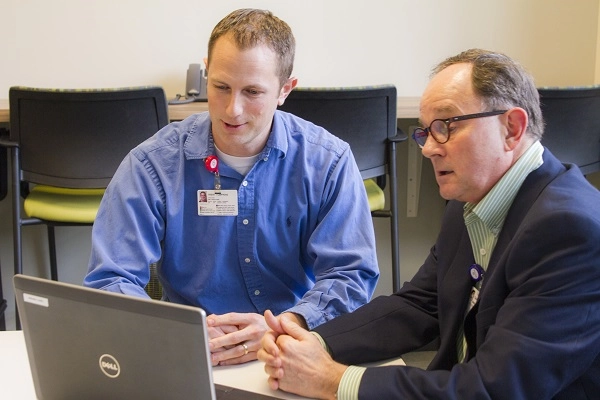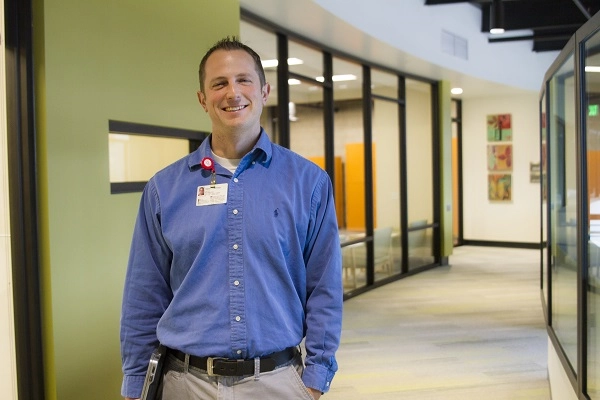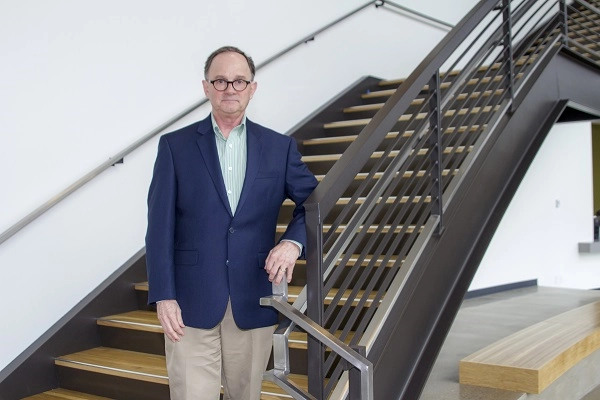All is not lost for people with chronic pain

“Life can be very difficult when you are living with chronic pain—you can lose hope very easily,” says Trent Tompkins, a physical therapist with the Salem Health Rehabilitation Center.
Tompkins, a Keizer resident, says pain can affect every aspect of life: mental, physical, social and spiritual.
“I would encourage people to not give up and to be an advocate for themselves to get a multidisciplinary approach to treating their pain,” Tompkins says.

Trent Tompkins
Salem Health offers an intensive multidisciplinary pain rehabilitation program (MDPR). It’s made up of a combination of treatments that work together to give you relief.
“When they first start, they have lost nearly all hope that they can improve and get better,” says Tompkins. “That can mean something different to each person. For some it may be just getting out of bed—and for others returning to a 40-hour workweek.”
“Multidisciplinary pain treatment has been shown nationally and internationally to be effective for people with chronic pain,” says Steven Besing, PhD, a psychologist with the Salem Health Rehabilitation Center. “Such treatment is often more effective than either surgery or pain medications.”
MDPR includes 11 weeks of physical therapy, occupational therapy and psychology sessions through 100 to 110 hours of consistent treatment.
“MDPR has a cumulative effect that is not possible when only participating in portions of this treatment program,” says Stephen Schwarzenberger, MDPR case manager at the Salem Rehabilitation Center.
The program includes aquatic therapy in a heated pool, plus Tai Chi with an internationally certified instructor.
“This reintroduces moderate activity and exercise back into a person’s life,” says Schwarzenberger. “Research shows this is the No. 1 thing a person can do to help with their pain.”
People in the MDPR also learn how the nervous system and body respond to pain.
“Education alone is also proven to reduce an individual’s pain level, even without any other interventions,” says Schwarzenberger. “This can equip a person to take steps to prevent pain so it doesn’t happen. It also can take the mystery out of pain and its causes, and help them address it from a more objective approach.”

Steven Besing, PhD
Dr. Besing finds it rewarding to see how MDPR changes people’s lives in a relatively short period of time.
“A common comment we hear from people at the end of the program is, ‘I have my life back,’” says Besing.
Tompkins says, “They walk out of here with a different level of confidence—a confidence that they have learned techniques to treat their chronic pain on their own.”
Schwarzenberger says MDPR cannot guarantee a reduction of pain, but it can offer tools and strategies for increased activity.
“Commitment is essential because hard work is key,” says Schwarzenberger. “Many people do experience significant reduction in pain and find their lives transformed and experience improved quality of life.”